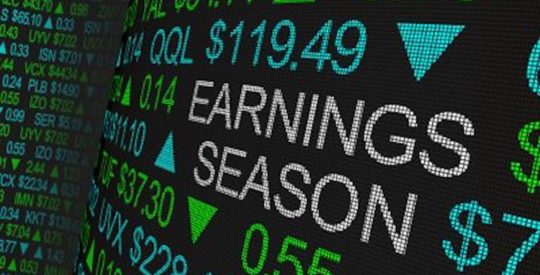Barrett Burns is CEO of VantageScore Solutions, a company launched by the nation’s three major credit reporting companies — Equifax, Experian and TransUnion — to offer a generic credit scoring model. He has more than three decades of professional experience in risk and credit management and has held a diverse number of national and international leadership positions with companies including U.S. Trust, Ford Motor Credit, Bank One and Citibank. For this edition of In This Corner, Burns gives his take on how lenders will benefit from the improvements made to his company’s credit scoring model. VantageScore just came out in 2006. How will lenders benefit differently from updating to VantageScore 2.0? We’ve seen tremendous turmoil in our economy coupled with significant changes in consumer debt management behavior since we launched more than four years ago and lenders need to equip themselves with a credit score that incorporates those realities. Our purpose was to provide a highly predictive, more consistent model while scoring a broader population. We enable mainstream lenders to score more consumers more effectively and delineate risk in a more predictive manner, reducing overall portfolio risk. It also offers lenders and consumers a choice in credit scoring and enables lenders to broaden existing markets and find new markets. Our newest version leverages the core platform to deliver improved predictive performance and allows lenders to look beyond the economic volatility of recent years and reenter the market with confidence. What economic factors does the system evaluate to predict market risk with regard to lending? Economic factors are not specifically included in VantageScore 2.0 because to do so would introduce subjective factors into the model. We believe that good scoring models should only use objective data that is proven to be predictive. What we have taken into account, however, is that there has been a significant change in the economy and in consumer credit behavior since we launched in 2006 and those factors served as driving forces behind the re-development. In addition to reflecting the latest consumer debt management behaviors, our credit scores employ the same characteristic information and the same algorithm as at each CRC. This results in a more consistent score for consumers across all three CRCs and provides a nearly identical risk assessment for lenders. It’s always important to note what a credit score can and cannot do, and our model does not predict absolute risk or credit loss nor does it evaluate loan quality. That’s where underwriting standards factor into the decision process. The purpose of a credit score is to rank-order consumers on the likelihood of becoming 90 days or more past due on a credit obligation within two years from the time that the credit is granted. Please explain to me a little bit about the two performance time frames. Why does VantageScore 2.0 use them? What do they indicate? VantageScore 2.0 was created using data from 45 million credit files and built on a blend of consumer behaviors from 2006-2008 and 2007-2009. These time periods included a variety of economic scenarios such as an increase in foreclosures in the housing market and changes in payment hierarchy. We used a development sample from this extended time window to capture a broad and recent set of consumer behaviors, including activity prior to the economic crisis. This reduces the algorithm’s sensitivity to highly volatile behavior that would be found in a single timeframe. Lenders will benefit from this methodology because it is not optimized only to the peak of the recent volatility but also captures behaviors of the last three years. How do you think the system will affect a borrower’s credit eligibility? Do you think credit will be more or less available? Ultimately, lenders will decide how much credit will be made available and how much risk they are willing to undertake. Each lender’s credit criteria and risk tolerance is different. Consumer scores change every day as new information is added to consumers’ credit files, regardless of the credit score model. Our credit scores are based on the information contained within individual consumer credit files. Each consumer’s file is unique. That means some consumers will see some change in their credit scores using us while many others won’t see a meaningful change. What makes your product competitive against things such as FICO 8 which came out in April? What will make lenders and servicers choose 2.0 over other products? Lenders and consumers alike often complain that between CRCs, credit scores can vary greatly. But our analysis shows the consistency of consumer scores remains strong, with 60% of consumers’ scores falling within 20 points when sourced from two or more CRCs. Have someone who would be perfect for In This Corner? E-mail the editor.
VantageScore CEO: What a credit score can and cannot do
Most Popular Articles
Latest Articles
CoStar Group finds success through the sale of Homes.com memberships
The company boosted its revenue by 12% year over year in Q1 2024



